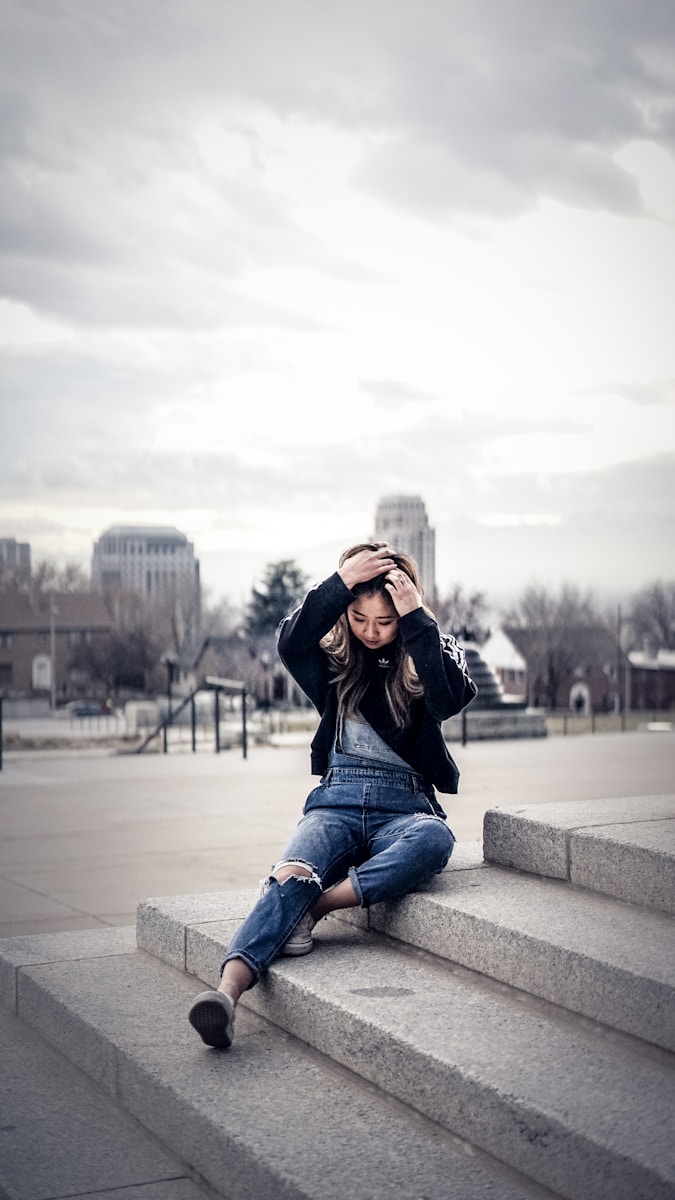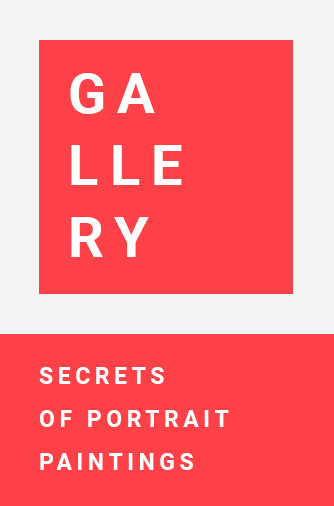Fashion is often viewed through the lens of aesthetics, trends, and personal expression. Yet beneath the surface of fabric and form lies a more profound, psychological influence: the emotional power of clothing. This concept—known as “mood dressing”—explores how what we wear affects how we feel and, in turn, how we interact with the world. Whether it’s slipping into your favorite power suit before a big meeting or wrapping yourself in cozy layers on a gloomy day, your wardrobe choices are deeply intertwined with your emotional state. Far from being superficial, fashion can be a powerful tool for regulating mood, enhancing confidence, and even influencing productivity.
In this essay, we explore the emotional dimension of fashion, how mood dressing works, why it matters, and how individuals can use it intentionally to shift their mental state and shape their daily experience.
The Psychology Behind Fashion and Emotion
At its core, mood dressing operates on a psychological principle: that clothing can influence cognitive processes and emotional responses. This idea is supported by a concept known as “enclothed cognition,” a term coined by researchers to describe the effects clothing has on mental states and performance. Studies have shown that when individuals wear clothes associated with particular traits—like a lab coat symbolizing attentiveness or a suit representing authority—they often begin to embody those qualities.
But beyond symbolic meaning, clothes also affect us through sensory experience. The texture of a cashmere sweater, the weight of a wool coat, or the fit of tailored pants can influence how grounded, comfortable, or confident we feel. Colors, too, play a vital role; bright hues like yellow or coral can lift the spirits, while darker tones may evoke introspection or calmness. The choices we make in dressing ourselves become a feedback loop: how we feel influences what we wear, and what we wear, in turn, influences how we feel.
Mood Dressing as a Form of Self-Therapy
In many ways, mood dressing functions as a subtle, daily form of emotional self-care. When we wake up feeling anxious, tired, or uncertain, the act of choosing clothes that lift our spirits can serve as an emotional anchor. Dressing intentionally becomes an act of empowerment—one that allows us to set the tone for the day ahead.
For example, someone struggling with self-doubt may choose a structured blazer or bold accessories to boost their sense of authority. On the other hand, if someone is feeling vulnerable, soft knits and warm tones may offer a sense of protection and comfort. It’s not just about dressing to impress others; it’s about dressing to align with the version of ourselves we want to embody at that moment.
This therapeutic element of fashion has even entered the realm of mental health support. Stylists and therapists alike have begun exploring “fashion therapy” or “style coaching,” which encourages individuals to use clothing as a medium for healing, self-discovery, and empowerment. Through clothing, people reconnect with their sense of identity, especially during times of transition—grief, career changes, or personal reinvention.
The Mirror Effect: How Others Respond to Your Outfit
Clothing not only shapes how we see ourselves—it also influences how others perceive and respond to us. This dual impact reinforces the emotional power of fashion. For example, someone who dresses in a polished, put-together manner is more likely to be perceived as confident, competent, and capable. This perception can trigger a positive response, creating a feedback loop that enhances the wearer’s own feelings of self-assurance.
Mood dressing can also invite connection. Wearing something bold or expressive often becomes a conversation starter, a bridge between people. A vibrant scarf, a unique pair of shoes, or a nostalgic graphic tee can ignite shared memories or cultural associations that create emotional resonance between individuals. In this way, fashion transcends function—it becomes a social and emotional facilitator.
Color Theory and Emotional Styling
A key component of mood dressing lies in color psychology—the study of how different hues evoke emotional responses. While individual associations can vary based on culture and experience, certain color-emotion relationships are universally recognized:
Red is often linked to passion, power, and energy. It’s a great choice when you want to feel bold or assertive.
Blue symbolizes calmness, intelligence, and reliability. It’s a common pick for interviews or professional settings.
Yellow is associated with happiness and optimism. Wearing yellow can lift your mood on a gray day.
Green represents balance and harmony. It’s a grounding color that promotes relaxation.
Black conveys elegance, mystery, and authority. It can feel both powerful and comforting, depending on the setting.
White suggests clarity and simplicity, making it ideal for those seeking a fresh start or mental reset.
Incorporating intentional color choices into your wardrobe is a simple yet powerful way to influence mood. Whether you need to feel energized, calm, inspired, or centered, color becomes a non-verbal language of emotion.
Wardrobe Routines and Emotional Consistency
Just as morning rituals can help anchor the day—coffee, journaling, meditation—wardrobe routines can also offer emotional structure. Having a go-to “feel-good” outfit or a “confidence uniform” helps build consistency in your emotional experience. It removes decision fatigue and allows you to start the day with intention.
Capsule wardrobes, which emphasize versatile, well-loved pieces, can also reduce stress and emotional clutter. By curating a selection of clothing that resonates with your personal style and emotional needs, you avoid the daily overwhelm of decision-making and instead create a calming, expressive experience each time you dress.
A personal uniform—a specific style, color palette, or silhouette—can serve as a source of identity and stability, especially during times of external chaos. It signals a return to self, offering a sense of control when other parts of life may feel uncertain.
Dressing for the Day You Want
One of the most empowering aspects of mood dressing is its potential to shape—not just reflect—your day. Instead of dressing based on how you currently feel, you can choose to dress based on how you want to feel. It’s an act of emotional forecasting—a way of stepping into the mood, mindset, or version of yourself that you aspire to embody.
If you’re nervous before a presentation, wearing something structured and powerful can help you access your inner leader. If you’re feeling stuck or uninspired, a pop of color or a playful accessory can inject lightness and energy into your outlook. Dressing becomes an act of manifestation; you’re not just putting on clothes—you’re putting on intention.
Fashion as a Tool for Personal Empowerment
For many, especially those navigating identity or self-expression, clothing can be a revolutionary tool for empowerment. For individuals within marginalized communities, fashion becomes a statement of existence and pride. For others, it can be a quiet rebellion against societal norms or a personal celebration of creativity and freedom.
The beauty of mood dressing is that it allows individuals to reclaim control over how they are seen and how they feel. It’s a reminder that style is not about following trends or dressing for others’ expectations—it’s about dressing in a way that supports your emotional truth. This authenticity in appearance often translates to authenticity in action.


